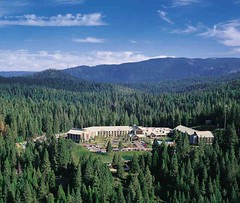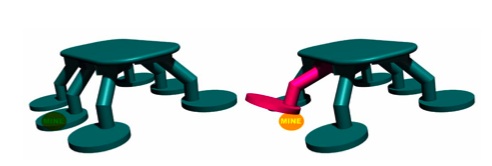Unstoppable Flying Robots
Tuesday, May 9th, 2006What’s that in the sky? A bird? A plane? No, it’s a flying robot. An unstoppable flying robot, according to some experts.
The technology for remote-controlled light aircraft is now highly advanced, widely available — and, experts say, virtually unstoppable.
Models with a wingspan of five metres (16 feet), capable of carrying up to 50 kilograms (110 pounds), remain undetectable by radar.
And thanks to satellite positioning systems, they can now be programmed to hit targets some distance away with just a few metres (yards) short of pinpoint accuracy.
Security services the world over have been considering the problem for several years, but no one has yet come up with a solution.
The article quotes a number of experts who suggest flying robots may be a security threat, includes a photo of the U.S.-built "Predator" unmanned aerial vehicle, and cites development of similar technology in other countries.
But the discussion in the blogosphere is tinged with doubt. Over on Dvorak Uncensored, at least one commenter rattles off a laundry list of pitfalls between having the technology and making it work, including everything from getting a decent engine to finding an open channel. Meanwhile, Bruce Scheiner pegs the article as tipping the" movie-threat hype meter."
On the other hand the DefenseTech post mentioned in the article ends with the statement "How great the threat is this time remains to be seen."

 Under an arrangement between prison officials and San Bernardino, high-risk parolees known to belong to street gangs will be released from custody on the condition that they wear a GPS bracelet on their ankles at all times.
Under an arrangement between prison officials and San Bernardino, high-risk parolees known to belong to street gangs will be released from custody on the condition that they wear a GPS bracelet on their ankles at all times.


